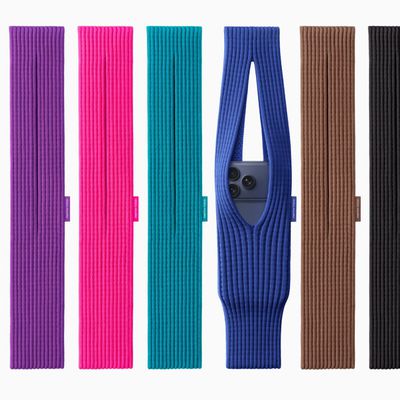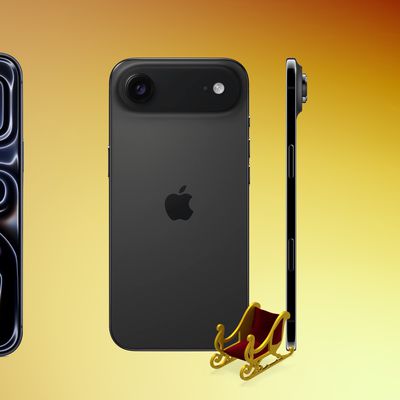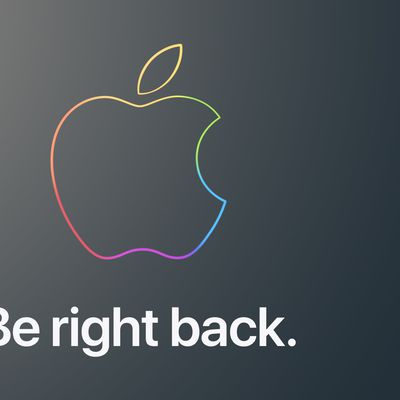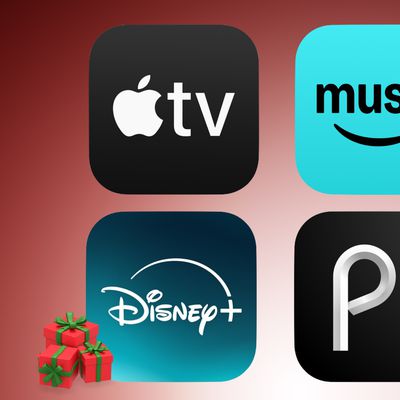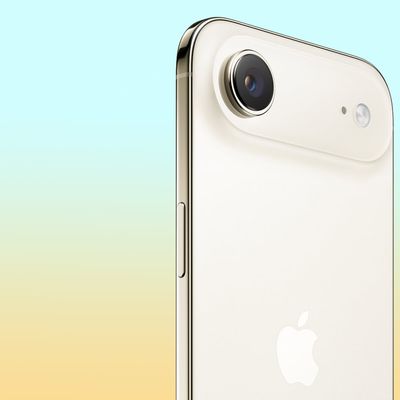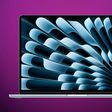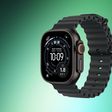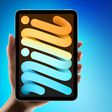Apple Explains How to Custom Calibrate the New MacBook Pro Displays
In a new support document, Apple has detailed how to measure and fine-tune the calibration of the display on the new 14-inch and 16-inch MacBook Pro models.
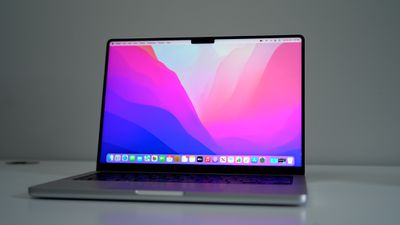
The new MacBook Pro models feature XDR displays with mini-LED backlighting and support for one billion colors, but certain workflows may require custom calibration:
Every MacBook Pro with Liquid Retina XDR display undergoes a state-of-the-art factory display calibration process on the assembly line to ensure the accuracy of the P3 wide color panel and the individual backlight LEDs. In addition, the factory calibration process enables sophisticated built-in algorithms to accurately reproduce a variety of color spaces used by media workflows today, including sRGB, BT.601, BT.709, and even P3-ST.2084 (HDR).
The factory display calibration process lets MacBook Pro users enjoy an exceptional viewing experience right out of the box. If your workflow requires custom calibration, you can measure your display, then fine-tune the calibration.
The process involves using a spectroradiometer and a set of QuickTime movie test patterns from Apple to evaluate the calibration of the display. The test patterns can be downloaded from the AVFoundation page on Apple's website under Related Resources > Color Test Patterns, with complete instructions available in Apple's support document.
In System Preferences > Displays, users can fine-tune the calibration of the MacBook Pro's display by providing the white point and luminance values measured by the spectroradiometer and the expected values for their target.
Apple's support document includes additional tips for measuring and fine-tuning the calibration.
Popular Stories
Apple recently teamed up with Japanese fashion brand ISSEY MIYAKE to create the iPhone Pocket, a limited-edition knitted accessory designed to carry an iPhone. However, it is now completely sold out in all countries where it was released.
iPhone Pocket became available to order on Apple's online store starting Friday, November 14, in the United States, France, China, Italy, Japan, Singapore, ...
While all Macs are now powered by Apple's custom-designed chips, a new rumor claims that Apple may rekindle its partnership with Intel, albeit in a new and limited way.
Apple supply chain analyst Ming-Chi Kuo today said Intel is expected to begin shipping Apple's lowest-end M-series chip as early as mid-2027.
Kuo said Apple plans to utilize Intel's 18A process, which is the "earliest...
Cellular carriers have always offered big savings on the newest iPhone models during the holidays, and Black Friday 2025 sales have kicked off at AT&T, Verizon, T-Mobile, and more. Right now we're tracking notable offers on the iPhone 17, iPhone 17 Pro, iPhone 17 Pro Max, and iPhone Air. For even more savings, keep an eye on older models during the holiday shopping season.
Note: MacRumors is...
Apple's online store is going down for a few hours on a rolling country-by-country basis right now, but do not get your hopes up for new products.
Apple takes its online store down for a few hours ahead of Black Friday every year to tease/prepare for its annual gift card offer with the purchase of select products. The store already went down and came back online in Australia and New Zealand, ...
We've been focusing on deals on physical products over the past few weeks, but Black Friday is also a great time of year to purchase a streaming membership. Some of the biggest services have great discounts for new and select returning members this week, including Apple TV, Disney+, Hulu, Paramount+, Peacock, and more.
Note: MacRumors is an affiliate partner with some of these vendors. When...
Apple's disappointing iPhone Air sales are causing major Chinese mobile vendors to scrap or freeze their own ultra-thin phone projects, according to reports coming out of Asia.
Since the iPhone Air launched in September, there have been reports of poor sales and manufacturing cuts, while Apple's supply chain has scaled back shipments and production.
Apple supplier Foxconn has...
On this week's episode of The MacRumors Show, we talk through the latest rumors about Apple's upcoming iPad mini 8.
Subscribe to The MacRumors Show YouTube channel for more videos
The next-generation version of the iPad mini is expected to feature an OLED display, as part of Apple's plan to expand the display technology across many more of its devices. Apple's first OLED device was the Apple...
Apple's first foldable iPhone is expected to launch alongside the iPhone 18 Pro models in fall 2026, and it's shaping up to include three standout features that could set it apart from the competition.
The book-style foldable will reportedly feature an industry-first 24-megapixel under-display camera built into the inner display, according to a recent JP Morgan equity research report. That...



